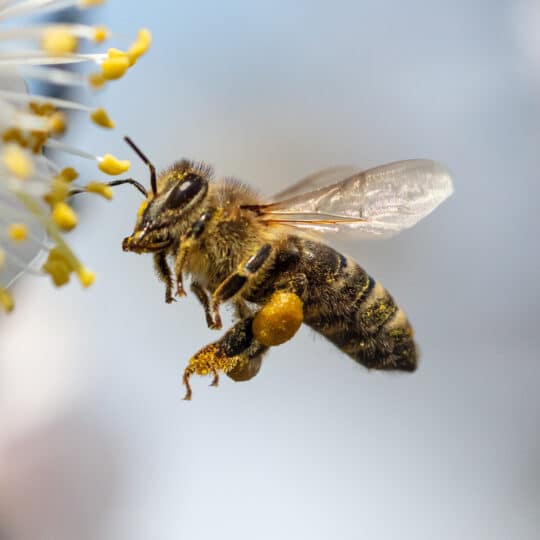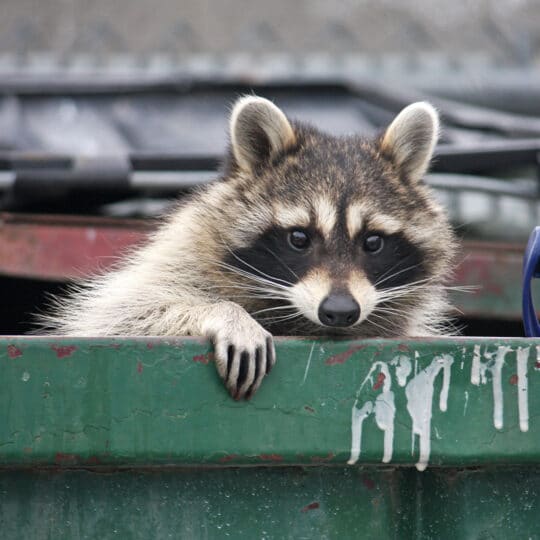Going on vacation this summer? Be sure not to bring home any buggy souvenirs. Learn how to spot the signs of bed bugs and what to do if you find them.
Learning Center
Smell that? Nope, it’s not the freshly cut grass, spring flowers, or oncoming showers. It’s skunks. Baby skunks are born from April through June and under the right circumstances, your yard may be the site of their nursery. Find out what you can do to help prevent summertime skunks from stinking up your property.
With gardens back in bloom, you may find more insects buzzing around your yard. While some stinging insects are dangerous and should be dealt with quickly others are beneficial to the environment and should be protected. So which are which?
Now that spring has sprung, your lawn, garden, and area wildlife are waking up from dormancy. This means beautiful flowers and greener grass, but it could also mean more pests to deal with. Raccoons are one wildlife species that become more active in the spring. Not only are they scavenging for food but they’re also searching for a mate, and this could mean more sightings around your home.
What has eight legs and is just looking for a nice dark spot to rest and feast? Spiders. A change of weather can force spiders that normally reside outside to find refuge and food indoors. This could force arachnophobics to panic, but not all spiders are looking to harm you. Here’s a list of some of the most common spider types you’ll find in and around your home and whether you should worry.
How many times have you had to battle a groundhog? If they’re burrowing in your yard and eating your plants it’s time to take action. If you’ve tried multiple control options and they keep coming back again and again (and again) it could be time to call a professional pest remover. Learn more about why these burrowers may prefer your yard and what groundhog control options to try next.





